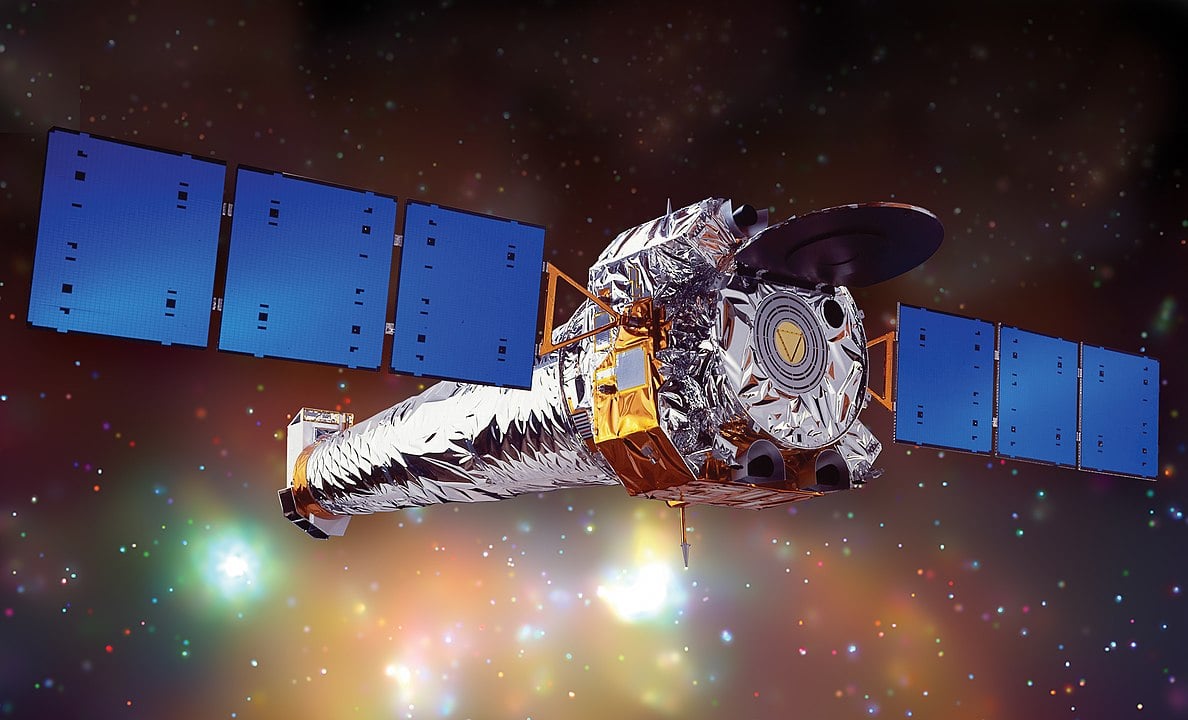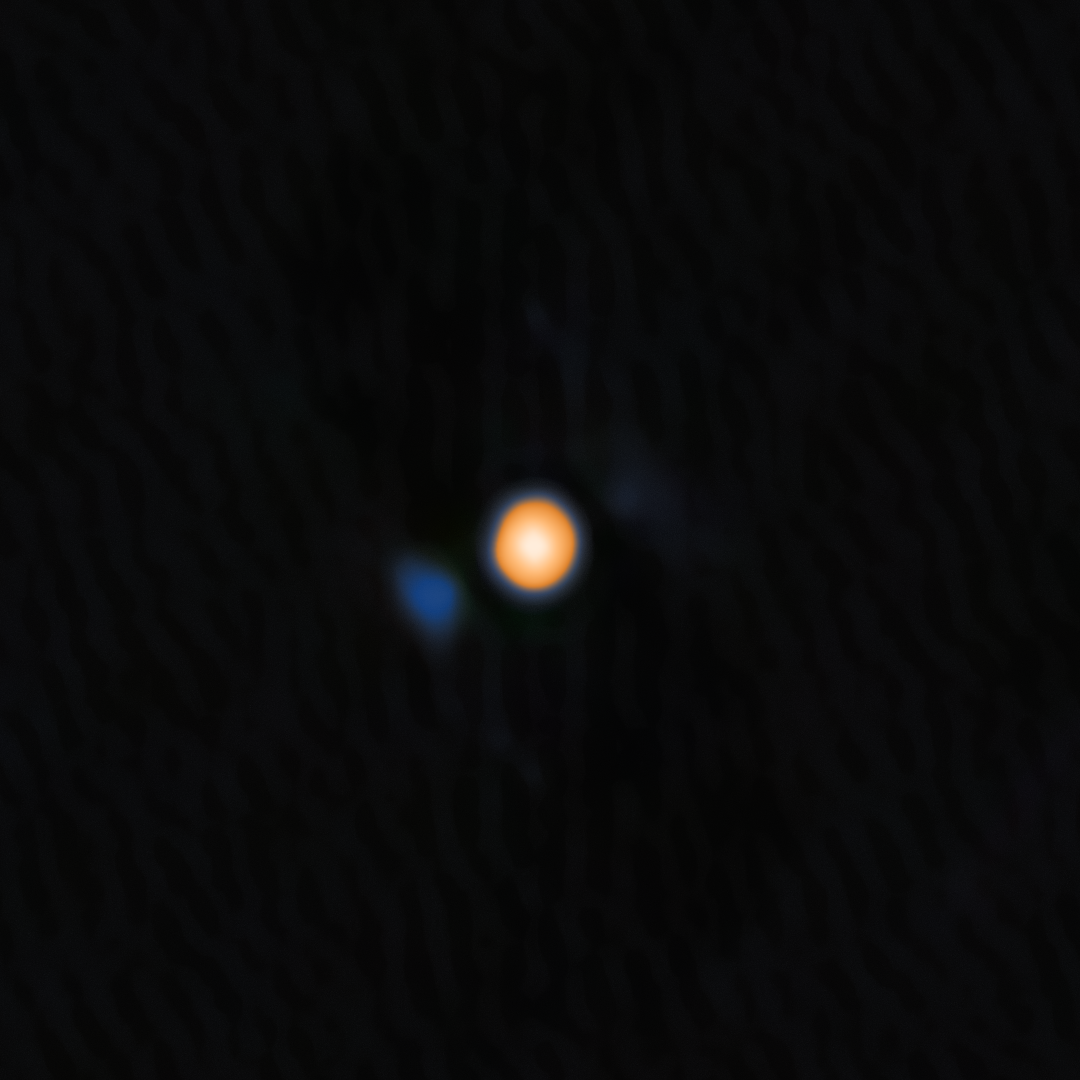Betelgeuse, the brilliant red star marking Orion’s shoulder, has long been suspected of harbouring a secret. I have to confess, Betelgeuse holds a special place in my heart as the first star I ever looked at through a telescope as a child, so learning that astronomers theorised this massive supergiant wasn’t alone made it even more intriguing. Proving it, however, required catching a fleeting alignment and deploying some of our most powerful space telescopes in a race against time. Now, researchers from Carnegie Mellon University have finally confirmed what many suspected, Betelgeuse does indeed have a companion star, though not quite the type anyone expected.
Images of Betelgeuse taken in January 2019 and December 2019, showing the changes in brightness and shape (Credit : ESO/M. Montargès et al.)
The challenge of detecting anything near Betelgeuse cannot be overstated. The star is roughly 700 times larger than our Sun and thousands of times brighter, making it extraordinarily difficult to spot nearby objects. It’s rather like trying to photograph a firefly hovering next to a car headlight, perhaps worse! The brightness difference between Betelgeuse and its tiny companion is, as Anna O’Grady, a McWilliams Postdoctoral Fellow at Carnegie Mellon, put it, “absolutely insane.”
The breakthrough came during a critical observational window around 6th December, when the companion, affectionately nicknamed “Betelbuddy,” reached its maximum separation from the supergiant before disappearing behind it for another two years. The timing demanded swift action. O’Grady and her team secured Director’s Discretionary Time on both NASA’s Chandra X-ray Observatory and the Hubble Space Telescope, reserved time typically granted only for the most exceptional research opportunities. Having two such proposals accepted simultaneously speaks to the significance of the discovery.
Using Chandra’s X-ray observations, the deepest ever taken of Betelgeuse, O’Grady’s team searched for evidence of accretion, the telltale signature of compact objects like neutron stars or white dwarfs pulling material from their surroundings. They found nothing. No accretion signature appeared in the data, ruling out these possibilities. Instead, the findings published in The Astrophysical Journal point to something more ordinary yet equally fascinating, a young stellar object roughly the size of our Sun.
 Artist illustration of the Chandra X-ray Observatory (Credit : NASA/CXC/NGST)
Artist illustration of the Chandra X-ray Observatory (Credit : NASA/CXC/NGST)
The discovery emerged from a rather wonderfully spontaneous circumstance. The idea to propose for observing time arose during a discussion at the McWilliams Center for Cosmology at Carnegie Mellon University . Professor Katelyn Breivik recalled how what seemed like an extreme longshot gradually coalesced into a genuine opportunity as the team realised their unique combination of expertise and the perfect timing might actually succeed in securing Director’s time. It’s quite satisfying when a casual conversation transforms into an exciting discovery.
Beyond confirming Betelbuddy’s existence, the findings help explain Betelgeuse’s puzzling six year cycle of brightening and dimming. A previous 2024 study proposed that an orbiting companion clears away light blocking dust, allowing Betelgeuse to appear brighter from Earth. Now that theory finally has observational support. It does however challenge current binary star formation process models. Typically binary pairs form with similar masses, but Betelgeuse weighs in at 16 or 17 solar masses whilst its companion barely reaches one solar mass. This massive mass ratio opens up a new the possibility of extreme mass ratio binaries, an area that remains largely unexplored simply because such systems are extraordinarily difficult to detect.
Source : X-Ray Study Reveals New Details About Betelgeuse’s Elusive Companion Star
First Appeared on
Source link













